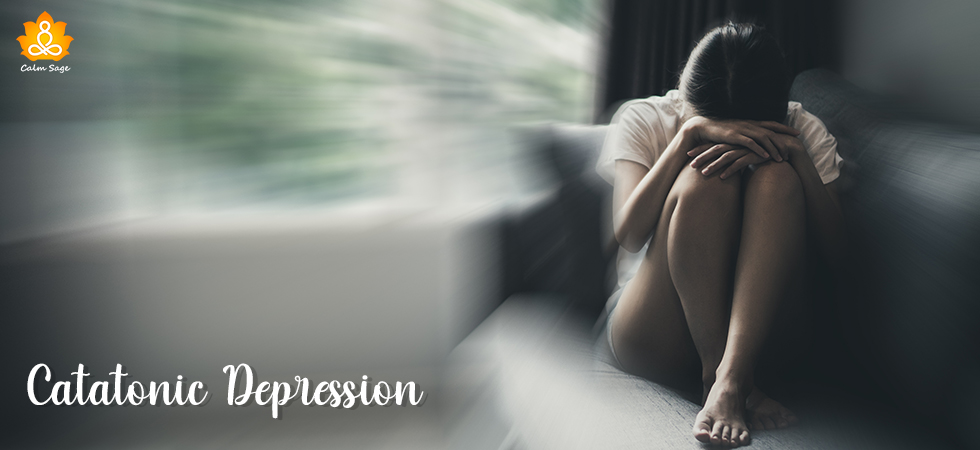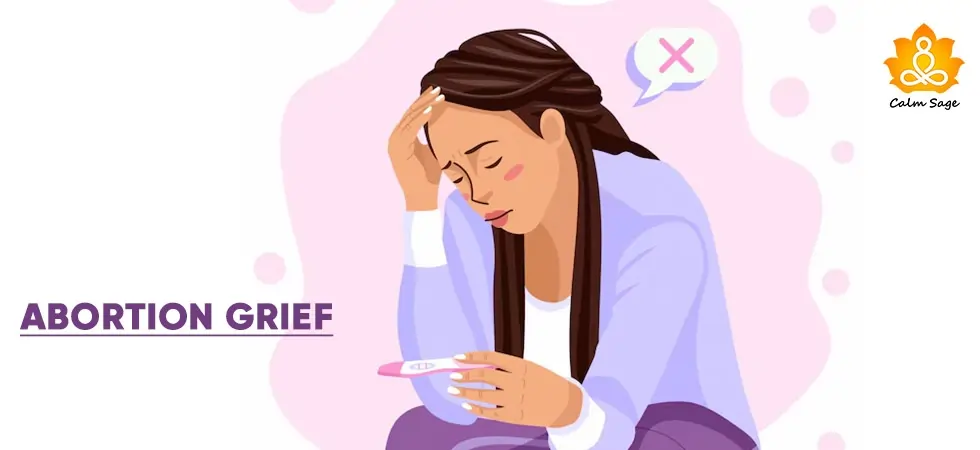Catatonic Depression: Symptoms, Causes & Treatment

Catatonia is a neuro-psychiatric behavioral condition that can be described by abnormal movements, behaviors, etc. While catatonia can be related to psychotic disorders such as schizophrenia, it is more often observed in mood disorders. Catatonic depression, on the other hand, is a type of depression that can cause a person to experience loss of speech or loss of motor skills for an extended period of time.
Catatonic depression is no longer recognized as a separate mental health disorder by the American Psychiatric Association (APA) but is now considered as a subtype for other mental and psychiatric disorders including bipolar disorder, schizophrenia, and post-traumatic stress disorder.
In this blog, we’ll explore more about catatonic depression, catatonic behavior, catatonia symptoms, what causes catatonia, and what are the treatment options available to help treat catatonia.
What Is Catatonic Depression?
Catatonic depression is when a person enters a catatonic-like state while in the middle of a depressive episode. Catatonia is a state wherein a person experiences abnormal disturbances in motor activity.
Catatonia can be a symptom of other mental health disorders. While catatonic behavior is not uncommon, it is rare when it comes to depression or any other major depressive disorder. Usually, when someone experiences catatonic behavior during a depressive episode, it is within the connection to bipolar disorder.
What Are The Symptoms of Catatonia Depression?
Catatonia symptoms can vary from person to person and from disorder to disorder.
Some of the common catatonia symptoms can be:
- Agitation, anxiety, or restlessness
- Being in a trance-like state
- Echoing or mimicking what others are saying or doing
- Loss or lack of mobility or speech
- Being in the same posture for a long period of time
- Not being able to move even with instructions
- Repeatedly or forcibly grasping something
- Stopping abruptly in the middle of a movement or conversation
- Performing repetitive or forceful movements
- Engaging in purposeless activity
- Having speech irregularities
With catatonic depression, someone might also experience the classic symptoms of depression such as low mood, feelings of hopelessness, changes in eating and sleeping patterns, poor concentration, and difficulty with managing daily activities.
What Are The Causes of Catatonia Depression?
There are no concrete understandings of what causes catatonia but some of the factors can be:
- Deficiency in GABA (gamma-aminobutyric acid)
- Imbalance of glutamate
- Imbalance of dopamine
- Abnormalities in metabolism
Other things that can be considered a cause of catatonia can be:
- Experiencing a traumatic event
- Family history of depression or other mental health disorders
- Other chronic medical issues
How To Treat Catatonia?
To treat catatonic depression or catatonic breakdown, the following treatments options can be taken into consideration:
1. Benzodiazepines
Benzodiazepines are considered the first choice in the treatment of catatonia or catatonic depression. They are a class of psychoactive drugs that can improve the effects of GABA. This medication can provide effective relief from catatonia symptoms – including spasms, muscle tensions, and anxiety.
These medications can be however addictive and are usually prescribed as a short-term treatment.
2. Electroconvulsive Therapy (ECT)
ECT or electroconvulsive therapy is often considered the second option to benzodiazepines but ECT is a far more effective treatment for catatonia depression. The treatment involves sending electrical impulses to the brain, prompting a seizure. And while ECT is a safe and effective treatment option, there is still a huge stigma surrounding it. Hence, benzodiazepines are considered the first order of treatment.
3. Diagnosis Criteria For Catatonic Depression
For diagnosing catatonic behavior or catatonic breakdown, a doctor usually conducts a health assessment of the catatonic symptoms experienced by the patient. To diagnose catatonia, a doctor may ask about your family history and your medical history.
A doctor will also perform tests to see if you’re showing anything that can be related to catatonic behavior.
According to the DSM-5, a patient should show at least three psychomotor symptoms to be diagnosed with catatonic depression.
4. Getting Help
Catatonia state causes a person to lose mobility and speech function for an extended time. A person with catatonic depression or someone showing symptoms of catatonic behavior needs constant psychiatric care. If you or your loved ones are experiencing catatonic depression symptoms or symptoms of catatonic breakdown, then it is recommended you seek professional care immediately.
Untreated catatonia can cause complications such as muscle contractions, dehydration, or malnutrition among others. Treating catatonia with the help of benzodiazepines and ECT can be helpful and effective.
If you need additional information on depression and how to get help, you can always contact us at info@calmsage.com or connect with us on our social media.
Take care and stay safe.




















